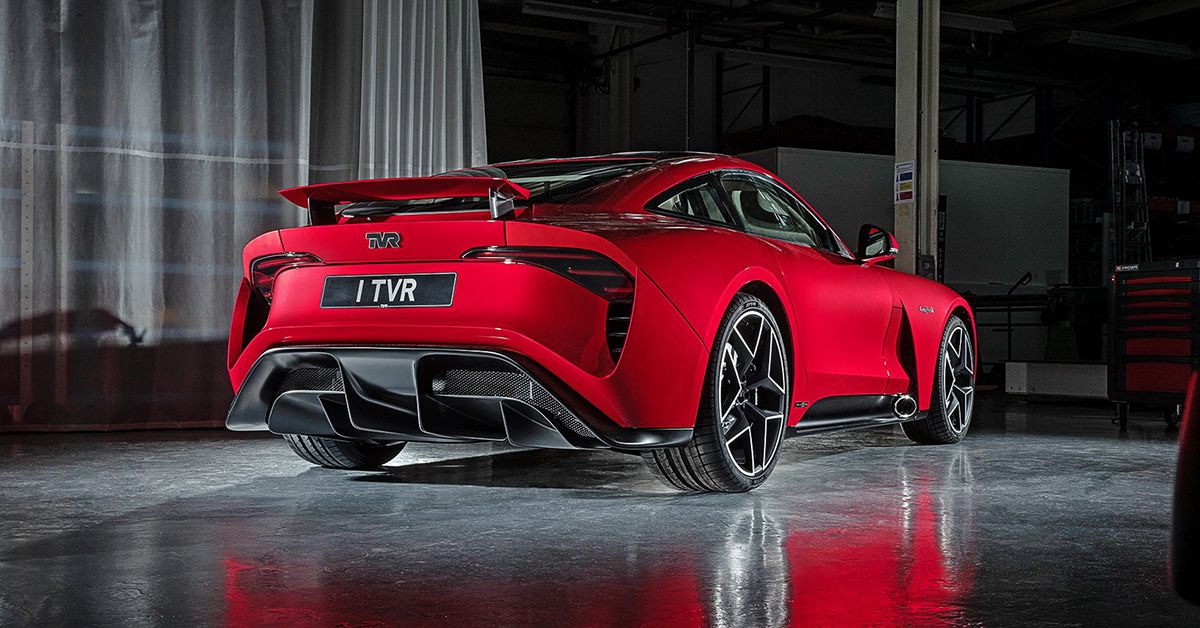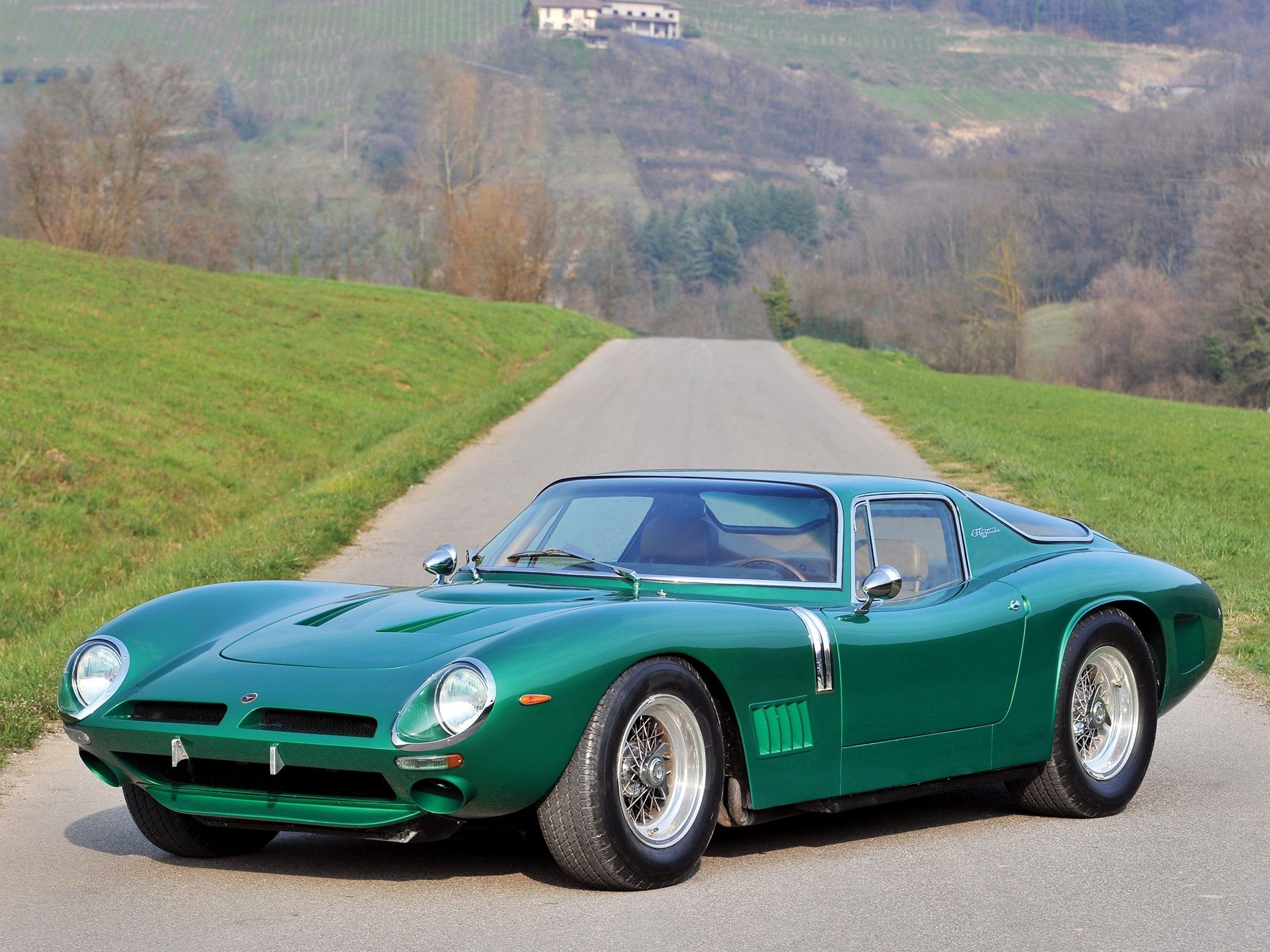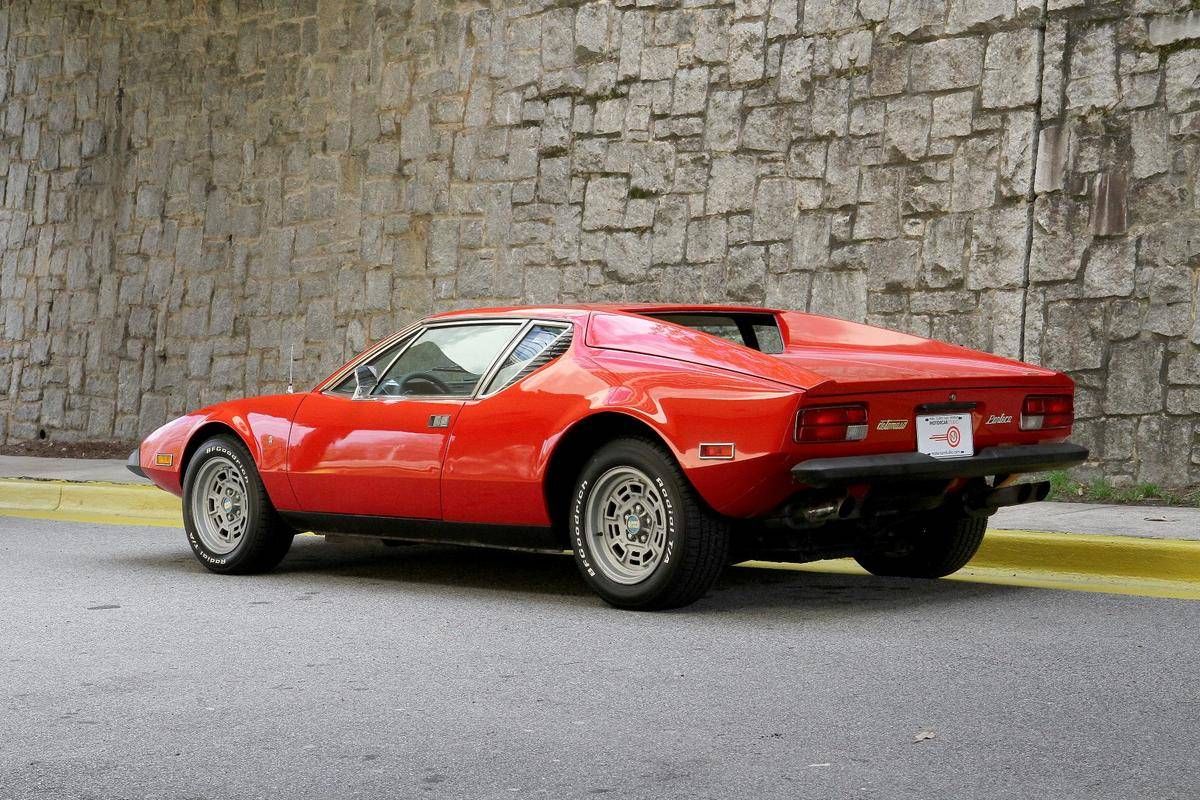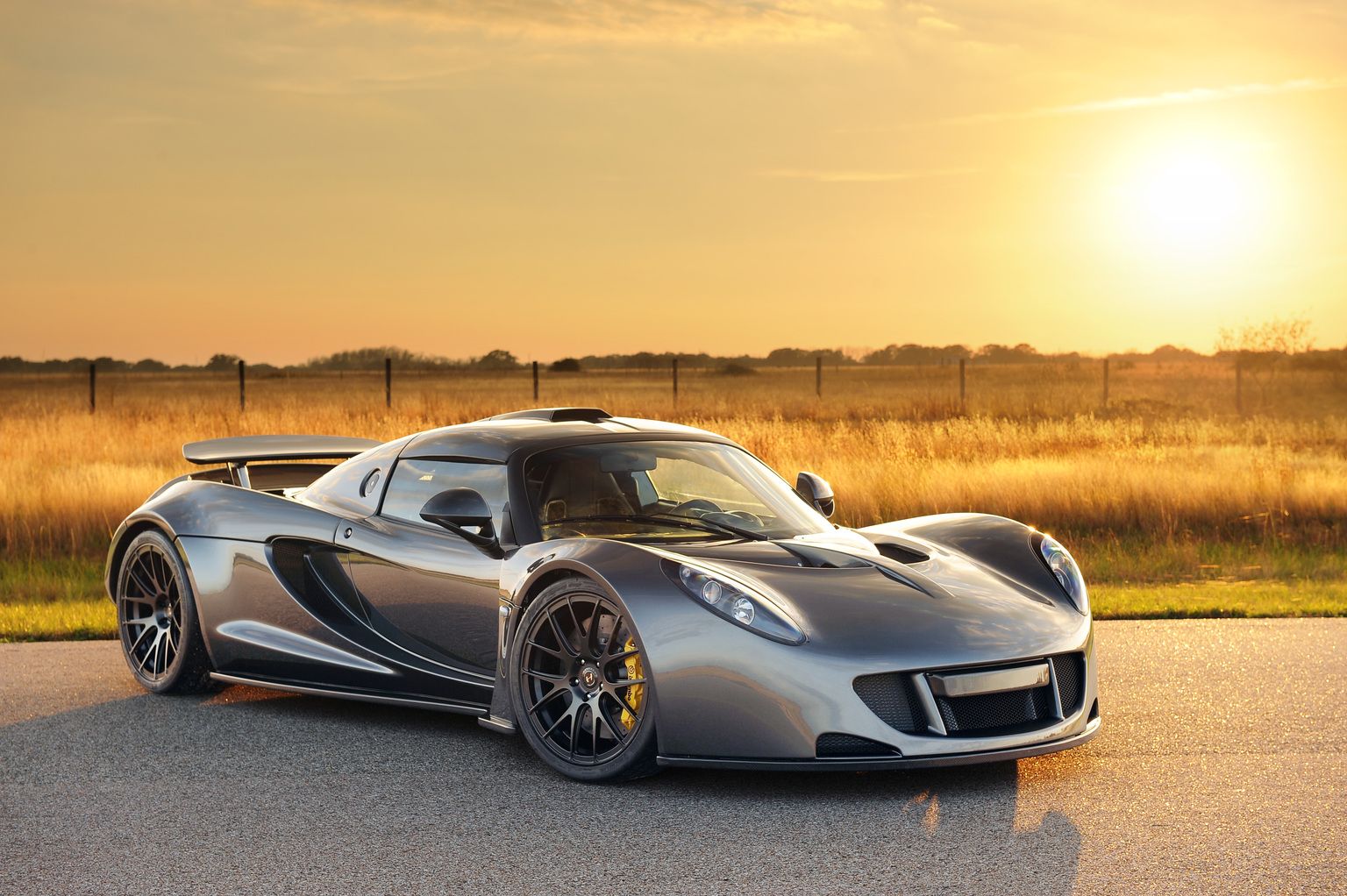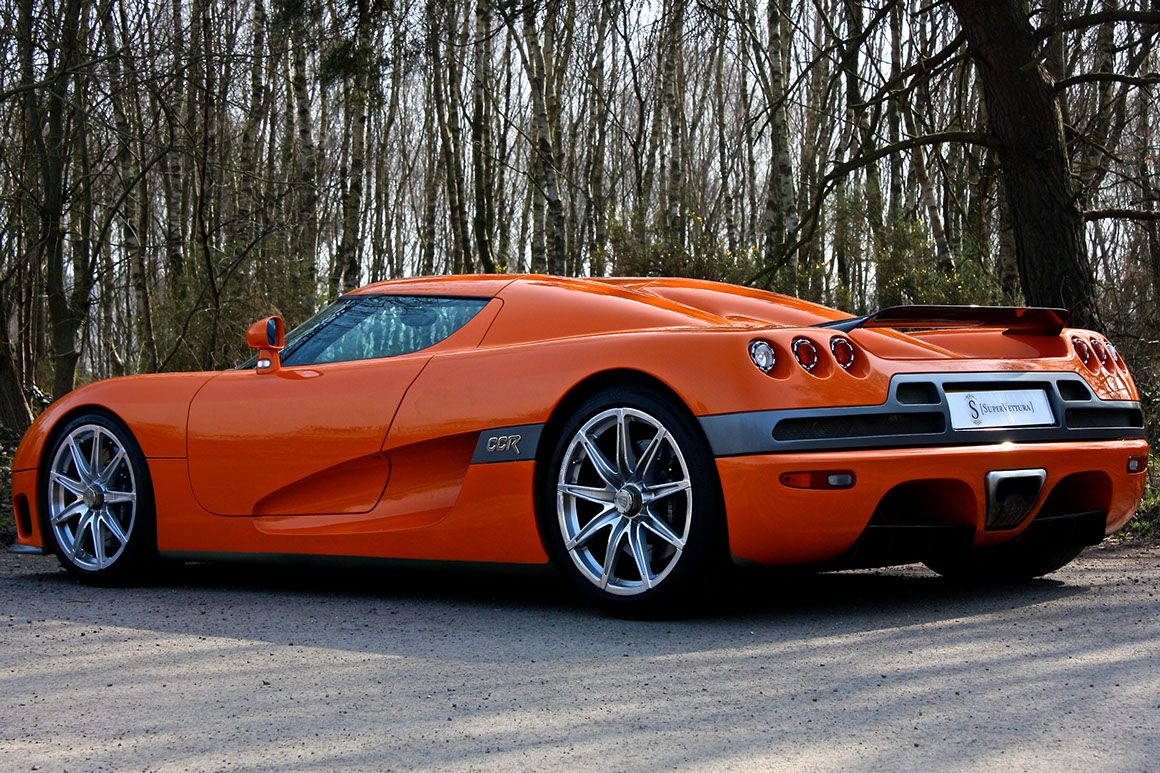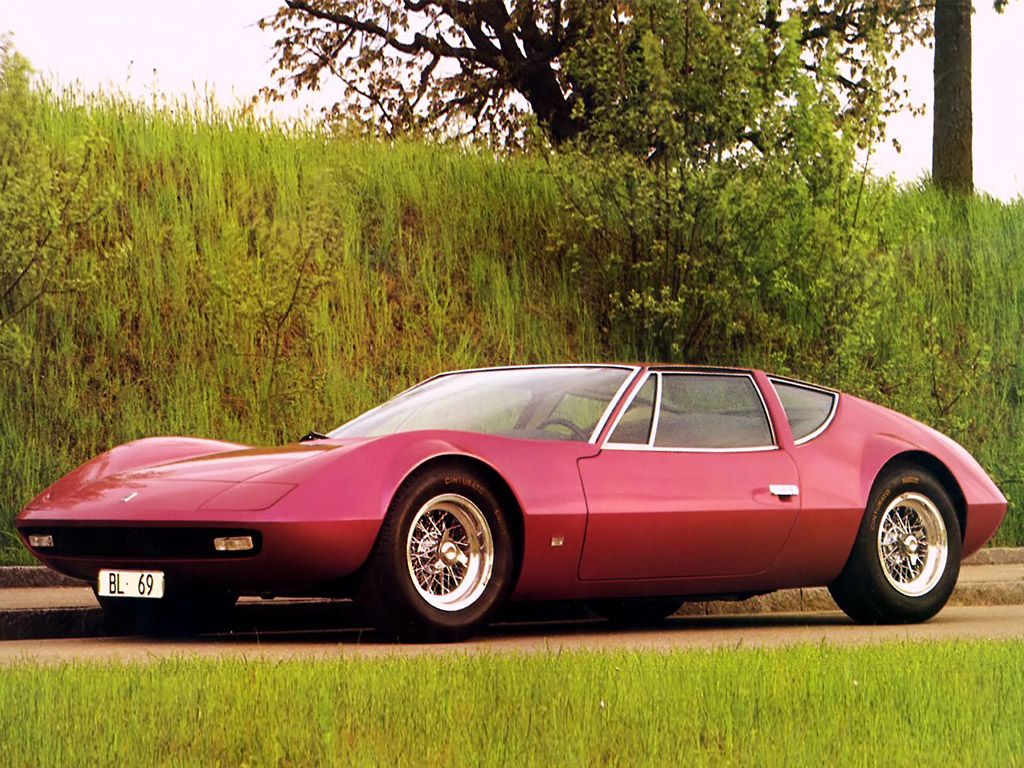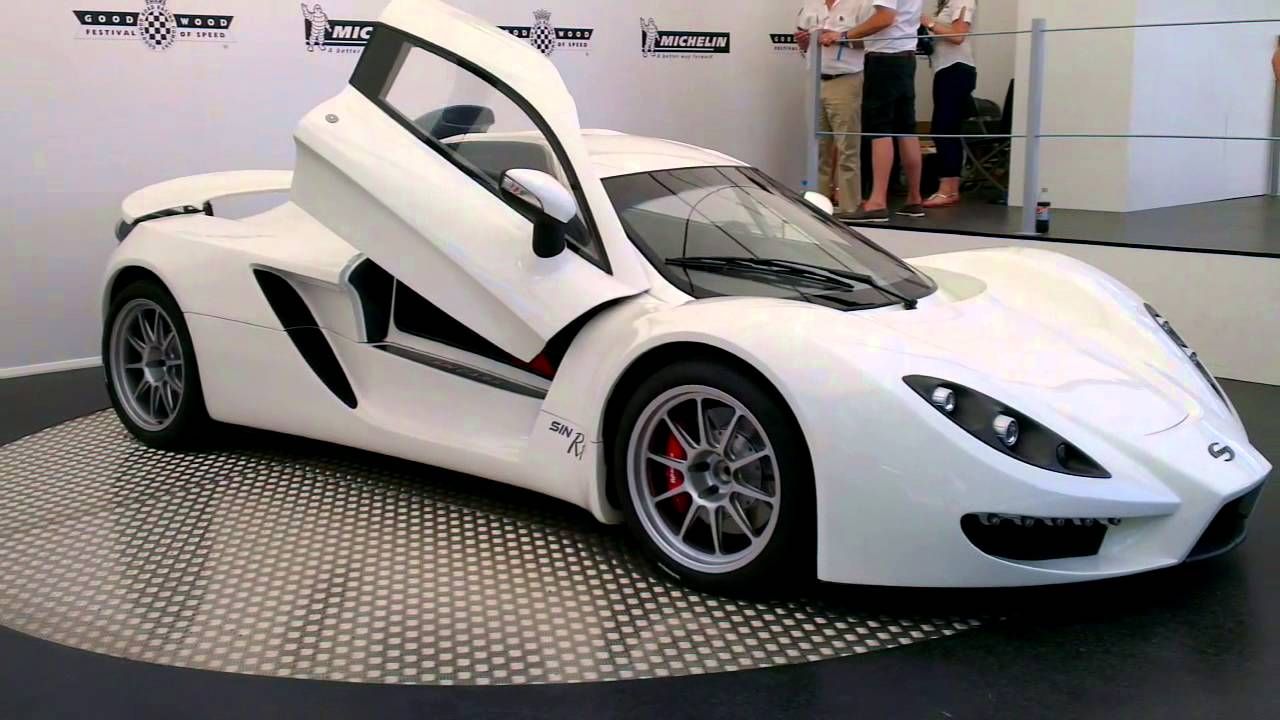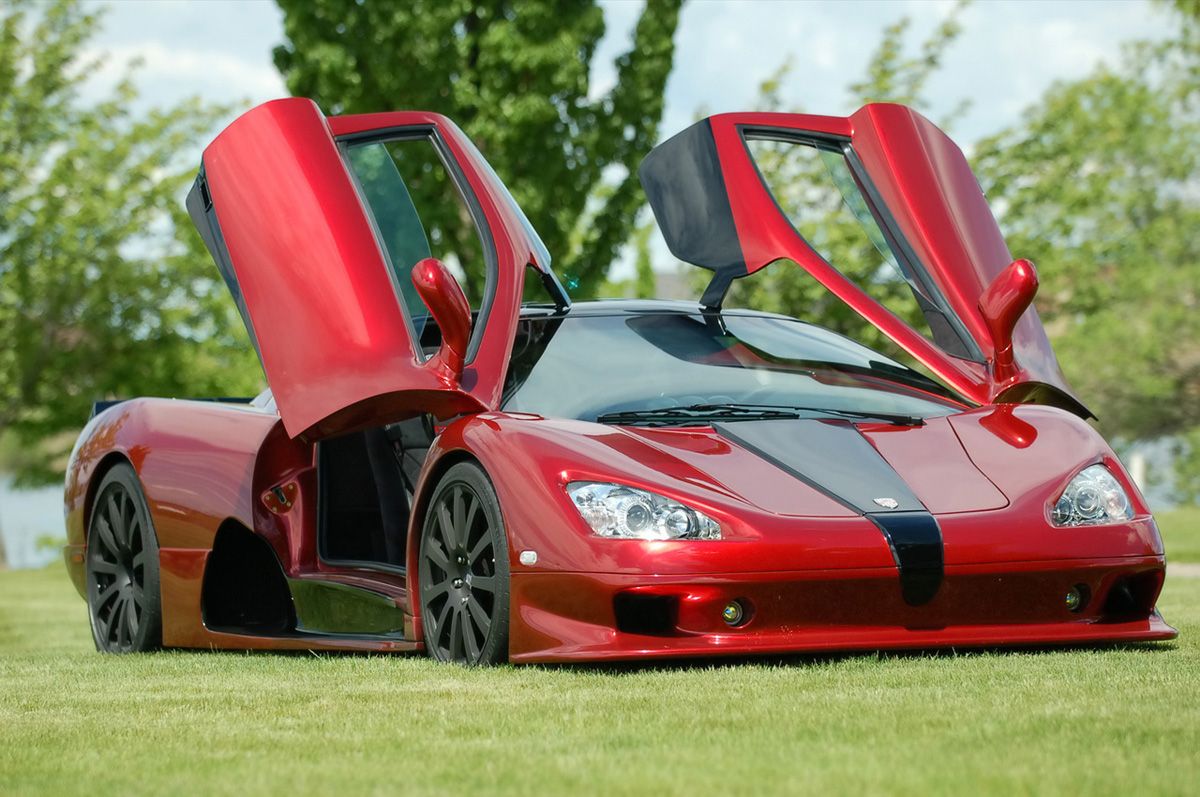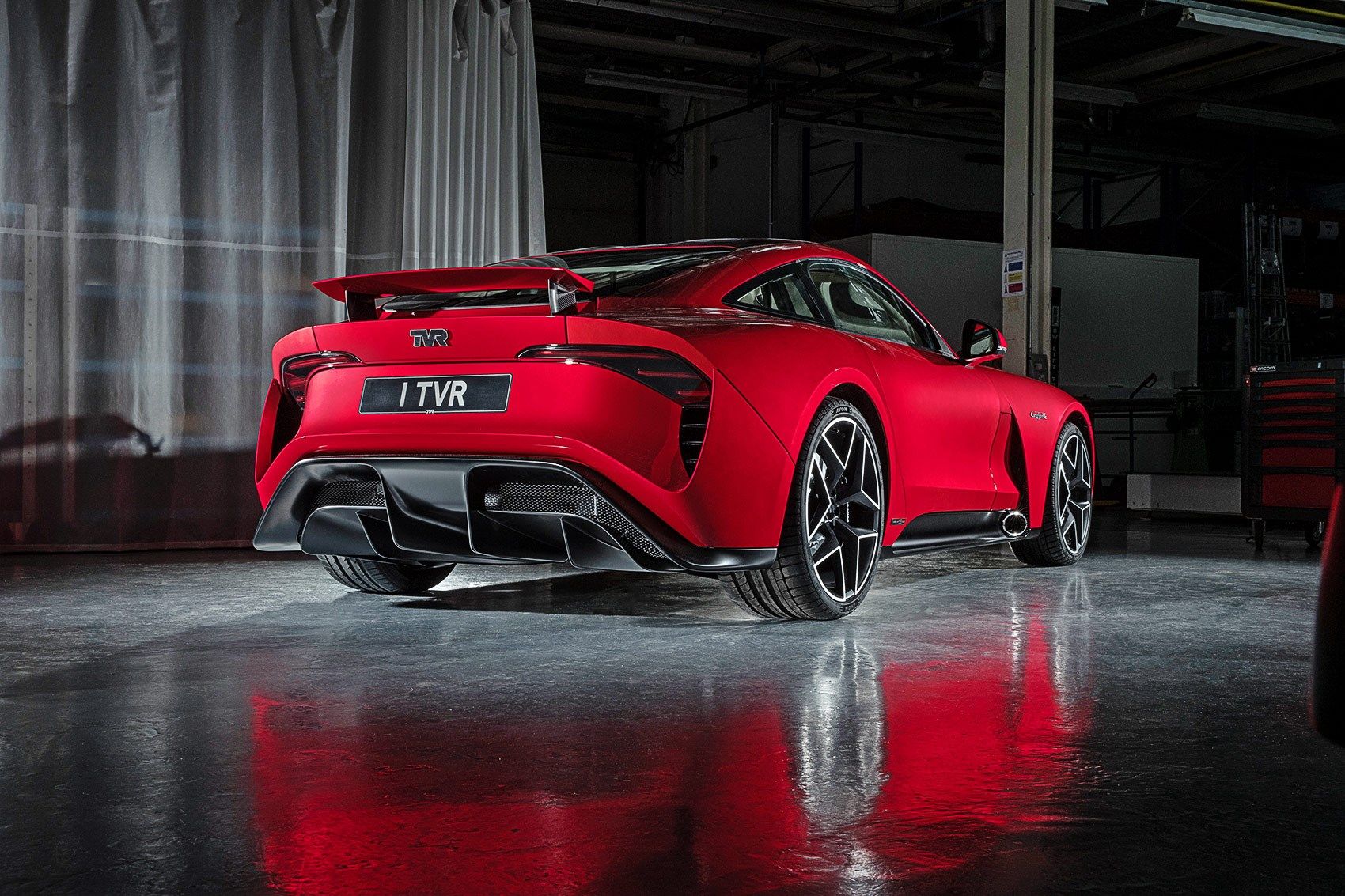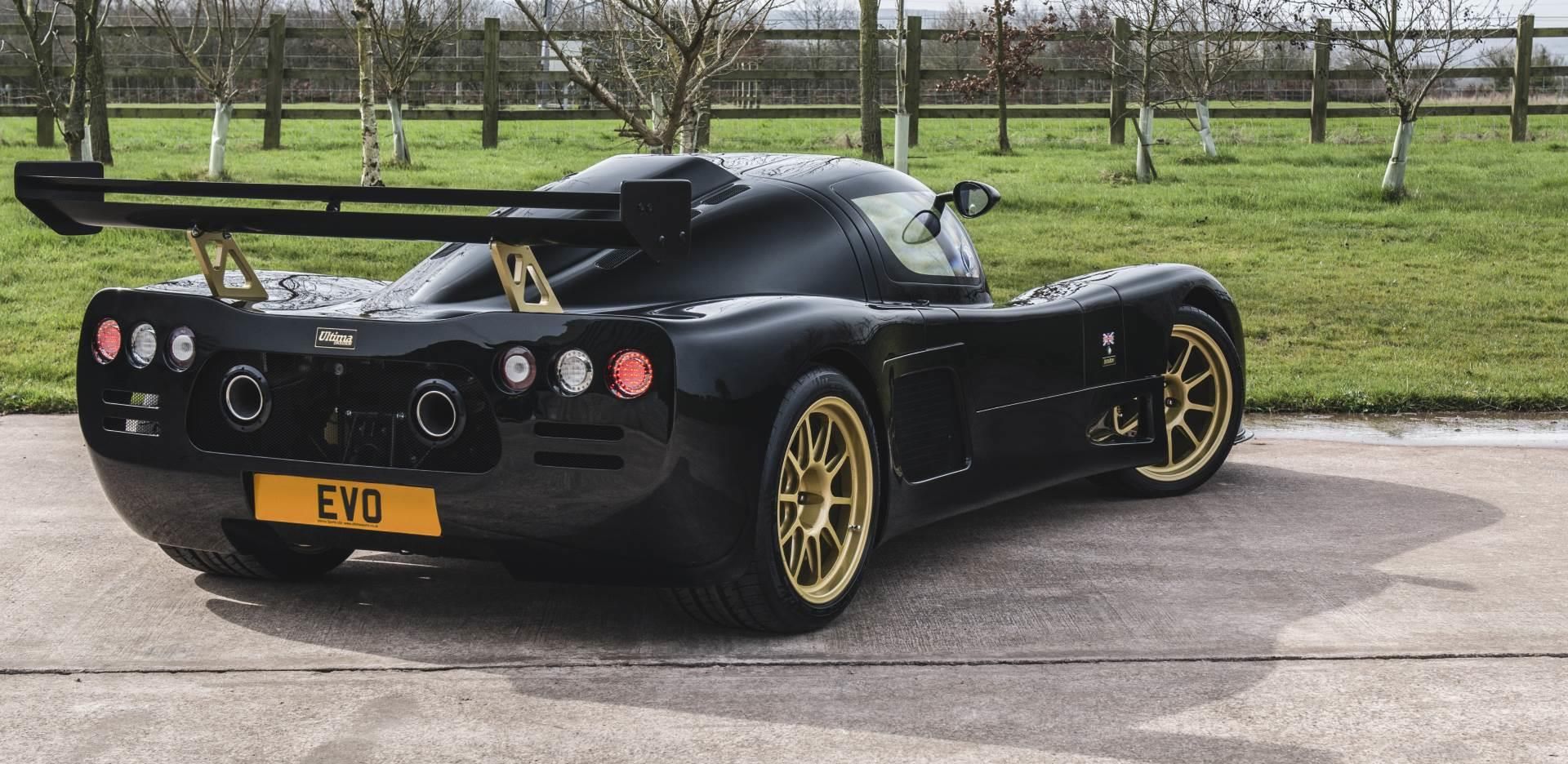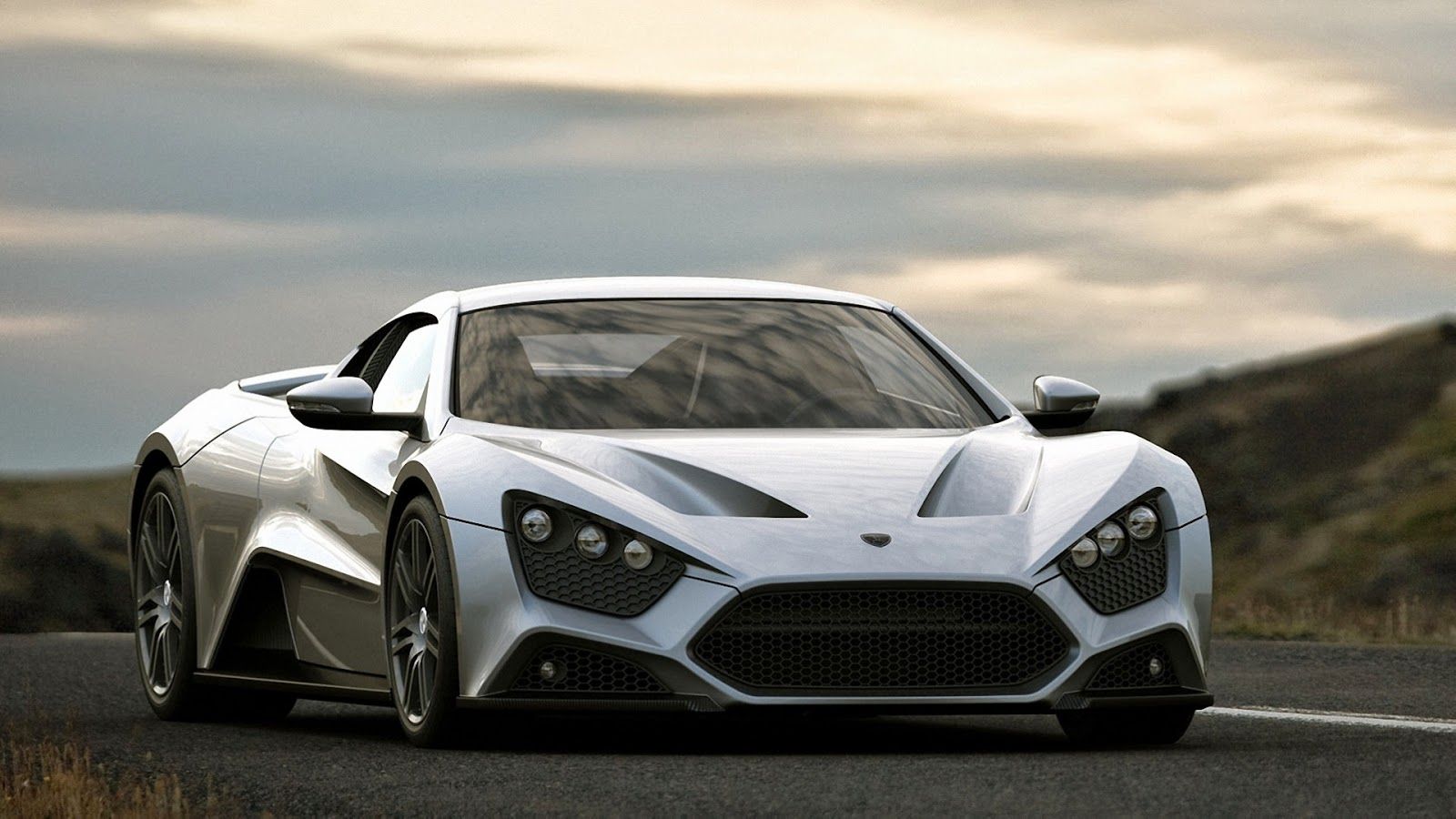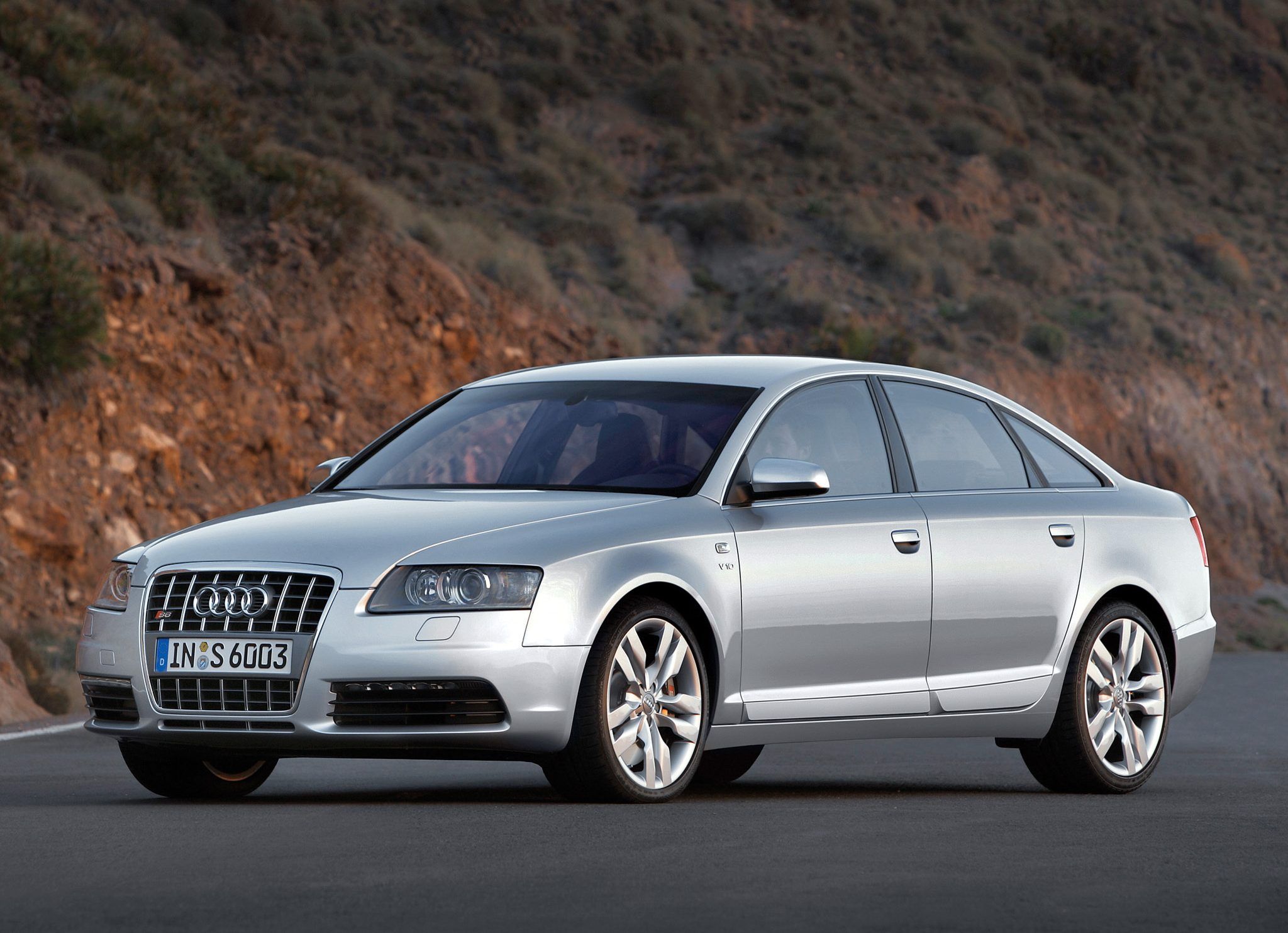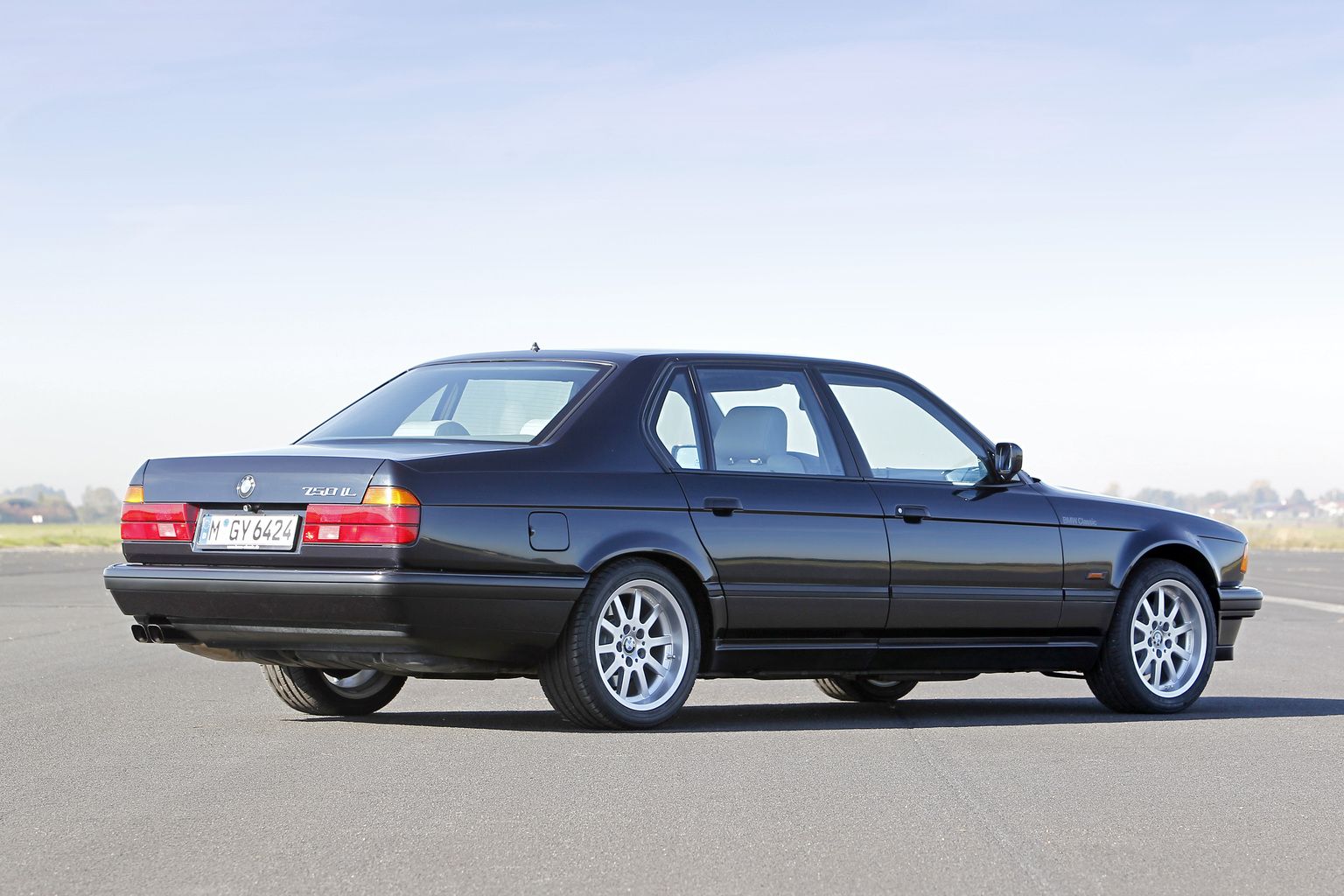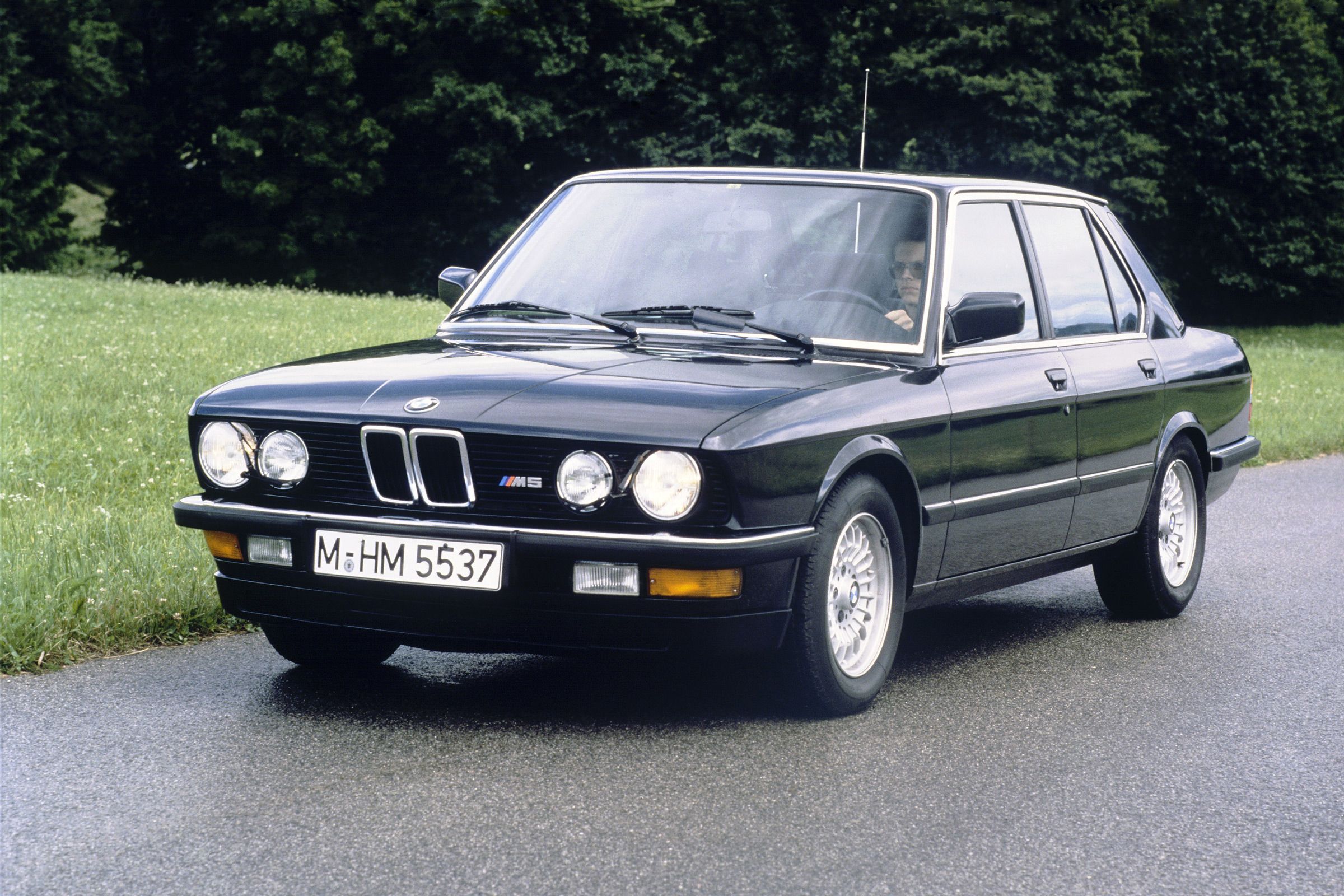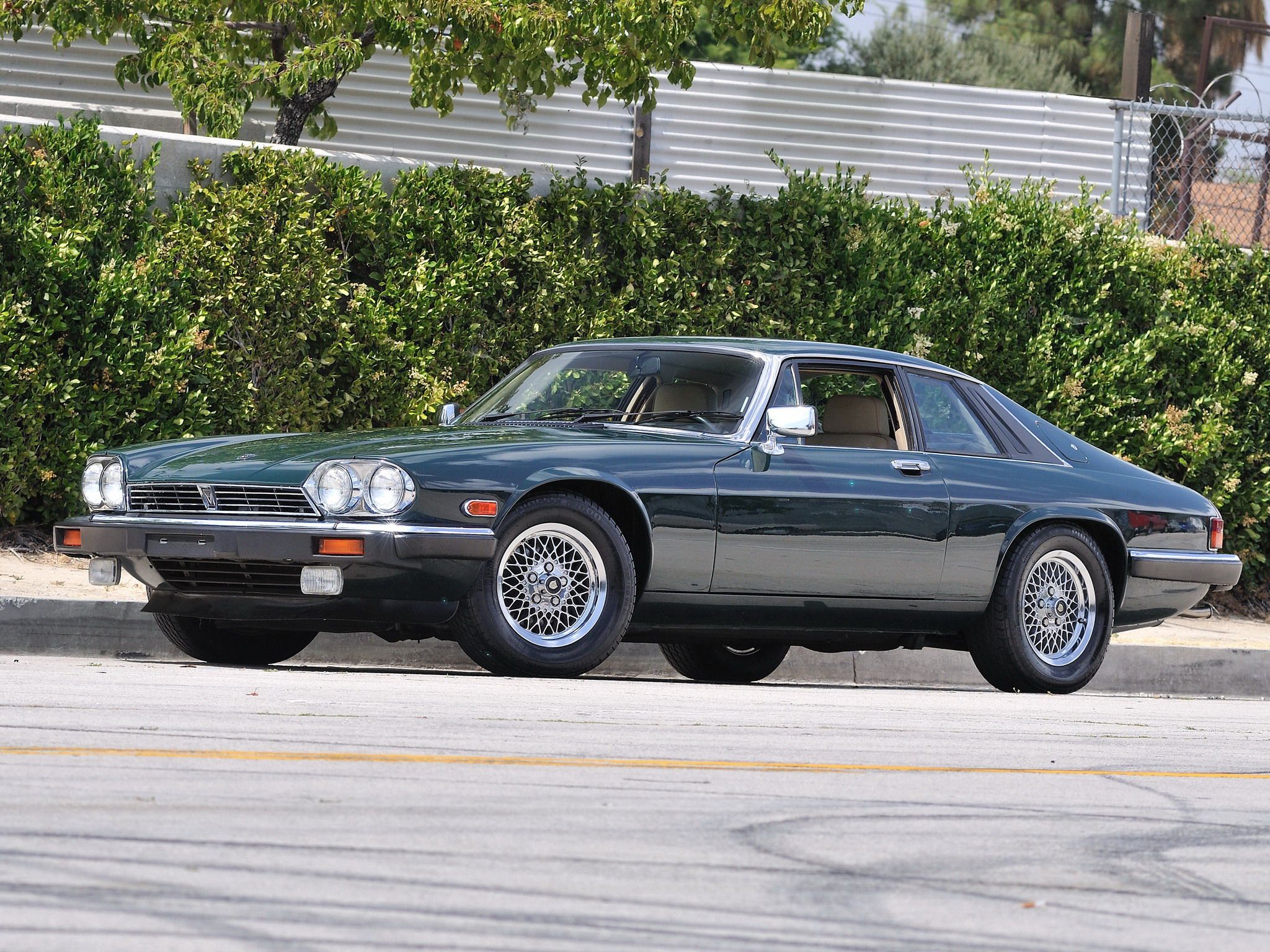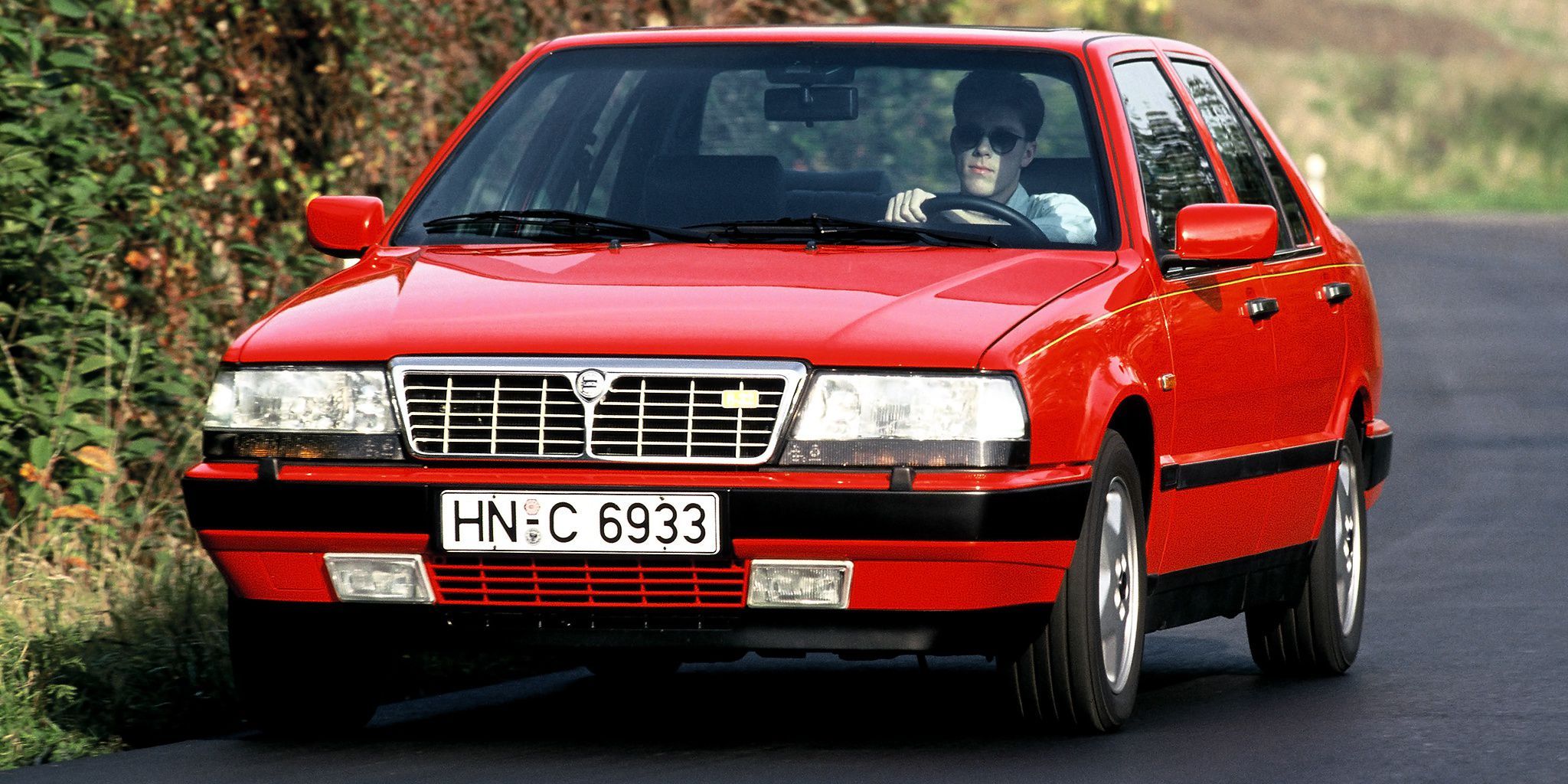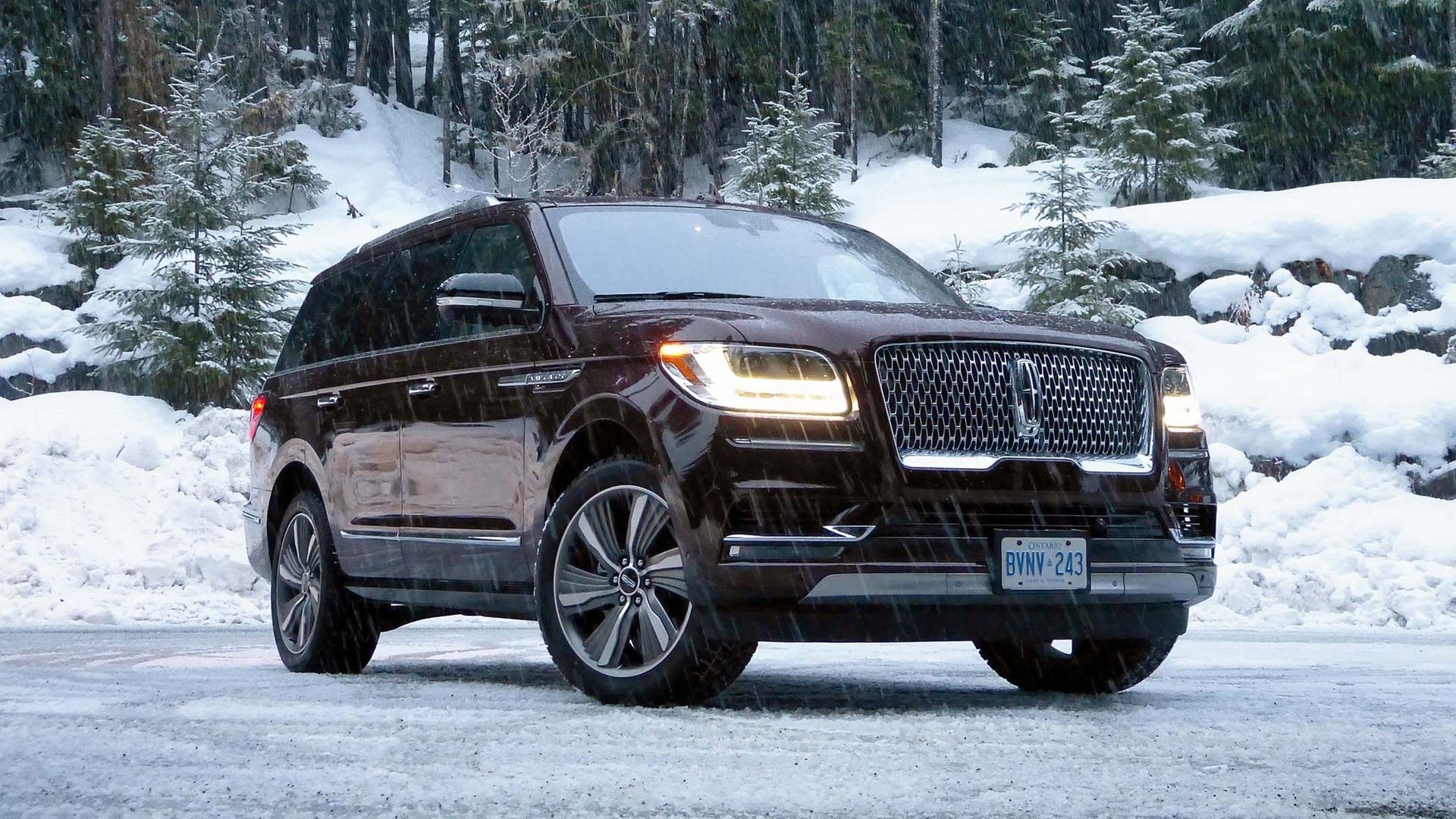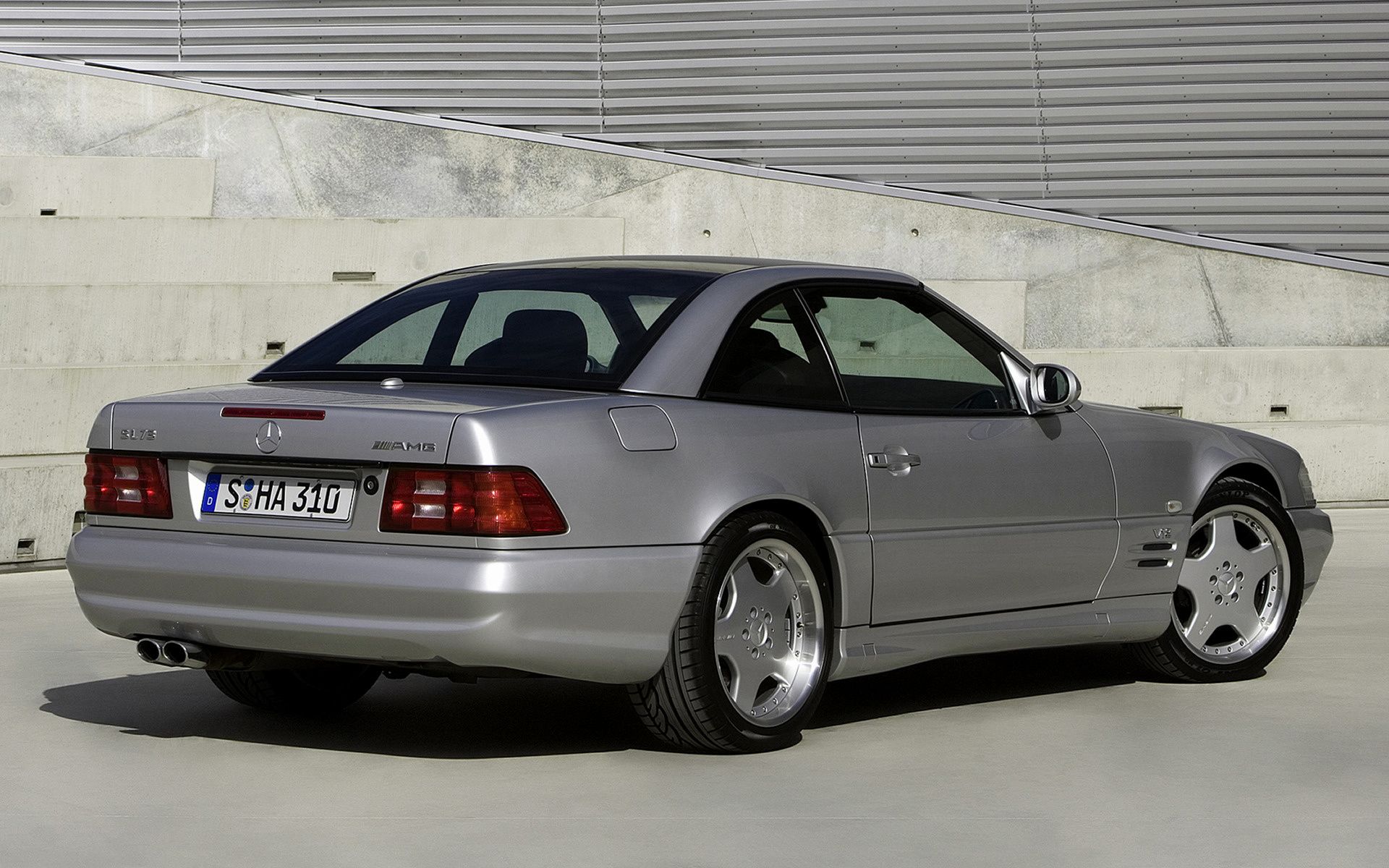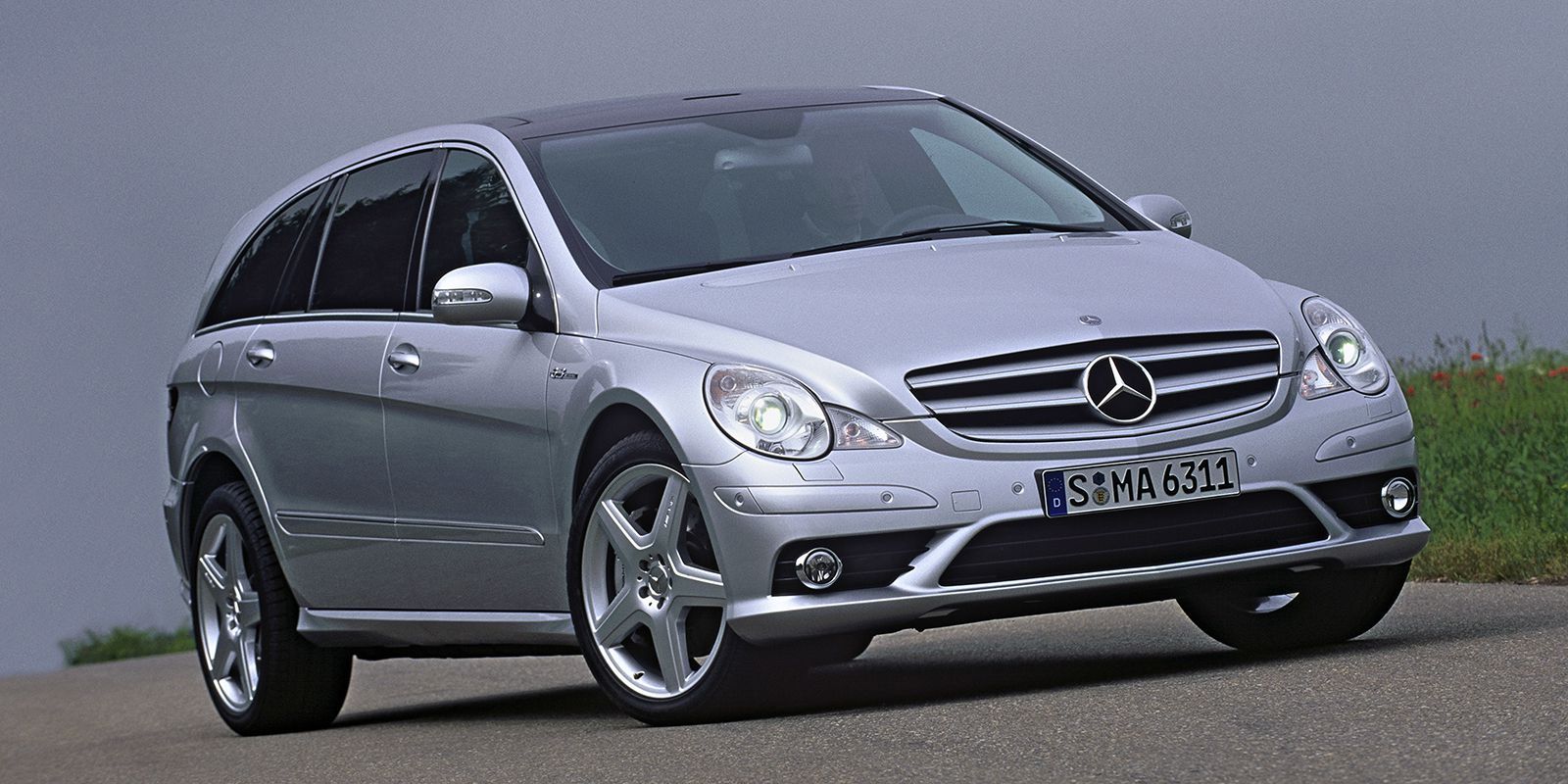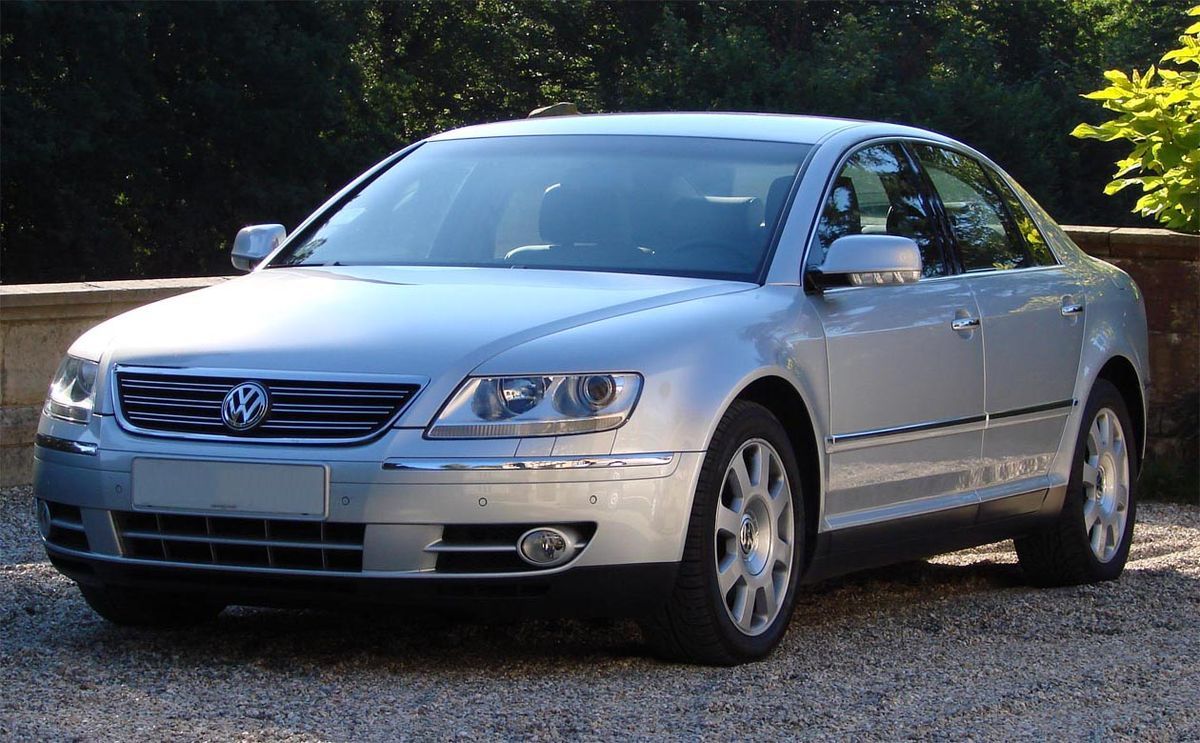For the frequently cash-strapped firms in the boutique supercar industry, designing and building an engine of their own just isn’t an option: powertrain development is probably the most expensive and complex part of what is already a fiendishly expensive and complex process. There’s emissions regulations to pass and assembly lines to organize. When you’re sketching up a carbon-fibre side mirror or sorting out how to get your Bolivian cow hides to your factory, you don’t have time to worry about that stuff. That’s why it makes far more sense to buy a engine from a well-established manufacturer. Sure, this hypothetical motor probably won’t satisfy your bespoke-hipster urge to stand out from the crowd, but at least this means you won’t half to deal with those aforementioned headaches, with the added benefit of being able to spend more time working on other parts of the car.
Now, consider the situation like for industry leaders like Toyota or GM, who can recoup the cost of engineering a new powertrain with the vast manufacturing capabilities. A new motor should be able to fit in as many different models as possible with a minimum amount of modification, which means we start seeing the same engines across an automaker’s entire lineup: consider how many different VW products come with their turbocharged 2.0 liter inline-four. I suppose that’s why we enthusiasts cheer when big conglomerates take their nose out from the spreadsheets and turn their vast engineering knowhow toward something fun and unique. All the better if they decide to plop the resulting creation into something deeply incongruous.
20 Bizzarrini 5300 GT
Bizzarrini’s story hinges around deeply intelligent and charismatic engineer Giotto Bizzarrini, who left Ferrari in 1961. He was commissioned by wealthy Milanese industrialist Renzo Rivolta to build him a grand-tourer that would bear his own name, resulting in the Iso Rivolta, a car whose design philosophy, according to Bizzarrini, hinged around a single idea: “I started with the idea of the 250 GTO and set about trying to improve on it.”
The duo followed up on that car with this, the 5300. Envisioned as a race car first and foremost, Rivolta managed to convince Bizzarrini to build a road legal equivalent, dubbed the GT. Built on a semi-monocoque foundation and using a front-mounted 5.3 liter Chevy V8, the 5300 GT was capable of reaching 180 MPH, making it one of the era’s fastest cars.
19 De Tomaso Pantera
You might expect a wedge-shaped Italian exotic with fender-flares wide enough to swallow a terrier would be powered by an engine as edgy as its looks: maybe a high-strung V12 of some description, screaming animal mating noises at a volume sufficient to make your ears bleed. Not the case, as De Tomaso turned to Uncle Sam for the Pantera's heart.
They settled on a comparatively laid-back 5.8 liter Ford Windsor V8, which delivered a stout 330 hp to the rear wheels.
That number doesn't tell the whole story, as the Windsor's torque-rich powerband gave it plenty of low-end grunt, which made it more than a match for cars with far more exotic powerplants.
18 Hennessey Venom GT
When you stake your reputation on making fast things go faster, what would a car borne almost entirely of your own imagination look like? Well, if you ’re anything like John Hennessey, it’d probably resemble a stretched-out Lotus Exige with a 427 ci LSX motor wedged behind the driver.
Not an especially sophisticated formula, but most definitely an effective one: the lightweight British bones allows for delicate handling while the Chevy V8 provides sledgehammer power.
1,451 hp and 1,287 lb ft worth of it, to be precise. Even with a dearth of stability-boosting aerodynamic accouterments (compared do its hypercar peers, at least), the Venom GT is still capable of cracking 265 MPH with relative ease.
17 Koenigsegg CCR
With the ability to design and manufacture their own motors, Koenigsegg is an anomaly in the low-volume supercar world. This wasn’t always the case mind you: the company’s first two cars, the CC8S and CCR, made do with a heavily modified version of Ford’s 4.7 liter Modular V8. In the former, it cranked out a ludicrous 646 hp and 550 lb ft of torque. Its successor, the CCR, upped the ante with a pair of Rotrex superchargers, bringing boost to a block-straining 1.2 bar. Power was increased to 806 hp and 678 lb ft of torque, enough to bring this Swedish exotic to the heady heights of 241 MPH.
16 Monteverdi Hai
The Swiss are renowned the world over for their contributions in the realm of high-end timepieces: watches demand a high-level of low-volume production expertise, not to mention peerless attention to detail. All those stereotypical traits are on full display with the Monteverdi Hai, a Swiss supercar whose origins are shrouded in mystery.
The facts are as follows: the company was founded by Peter Monteverdi, a young Swiss Ferrari importer, who severed his relationship with the Prancing Horse after a business deal went wrong.
He proceeded to build his own mid-engine doorstop, built on a tubular space frame, cloaked in steel panels, and powered by a 426 ci Chrysler Hemi V8. As to who designed the car or the number of units made and sold? Well, that’s anyone’s guess...
15 SIN R1
Bulgaria-based SIN Car’s approach to going fast is refreshingly no-nonsense: no fancy forced-induction setups or revolutionary new construction methods, just a tubular space frame and a Corvette-sourced V8. That’s not to say it's completely stuck in the 20th century: the R1’s body panels are made of carbon fiber, including the active rear wing. It also features inboard Öhlins dampers, AP Racing brakes, and an optional sequential gearbox.
The top-spec R1 comes bundled with Chevrolet’s supercharged LS9 motor, also found in the previous-generation ZR1. It’s been further massaged to deliver 650 hp. If that sounds a little much, SIN also offers a selection of naturally aspirated motors, including the 7.0 liter LS7 from the C6 ZO6.
14 SSC Ultimate Aero
Washington-based SSC (formerly Shelby Supercars) released the Ultimate Aero in 2006 with much pomp and circumstance. The headline-grabbing feature was its Guinness-verified top speed of 256.18 MPH, which made it the fastest road-legal production car in the world and eclipsing the record set by the original Bugatti Veyron (it took Molsheim’s finest to beat that record with the Veyron 16.4 Super Sport, which reached a scarcely believable 268 MPH in 2010).
Powering this road-going Tomahawk missile is an extensively modified LS6 small-block V8 from a Chevrolet Corvette C5R race car. Its been bored out to 6.3 liters (over the standard 5.7) and features a pair of turbochargers to bring total output to 1183 hp and 1094 lb ft of torque.
13 TVR Griffith
Famously nutty low-volume sports car builder TVR recently announced their return to the spotlight with the Griffith, which teams a revolutionary carbon-fiber chassis (manufactured using a technology called iStream, pioneered by McLaren F1 designer Gordon Murray) to a reassuringly old-school powertrain: under the aggressively vented hood, you’ll find the Ford Mustang’s Coyote V8, hooked up to a six-speed Tremec Magnum gearbox.
Displacing 5.0 liters of naturally-aspirated goodness, the engine has been massaged courtesy of British motorsport engineering firm Cosworth for a nice and even 500 hp. Keeping everything on the road is a sophisticated double-wishbone setup at all four corners, further complemented with a set of adjustable coilovers.
12 Ultima Evolution 1020
For those unfamiliar with the name, Ultima is a kit-car maker based out of Leicestershire in the UK. One of their best known products is the GTR, which, in true kit car fashion, can be fitted with any appropriately-sized engine, though the company does offer a pre-built version with a 720 HP Chevy V8.
When a car that powerful weighs in at just over 2,000 lb, writers start tossing out the "weaponsgrade" metaphors.
60 MPH arrives in just 2.6 seconds, and you’ll be past 100 in 5.3. If you somehow find yourself wanting more power, then take a gander at the 1020, which pumps out, you guessed it, 1020 hp: in just 4.9 seconds, you’ll find yourself looking at the sharp end of 100 MPH
11 Zenvo ST1
Denmark’s Zenvo is unique among hypercar start-ups for its seemingly non-confrontational mission statement: according to company boss Jesper Jensen, the goal of the ST1 wasn’t to build an overpowered monstrosity that could outrun a Veyron with a fraction of that car’s refinement, but instead a well-appointed, super-fast grand tourer (hyper-tourer?) that would still feel at home on a track.
Featuring a steel backbone chassis, double wishbone suspension fitted with Öhlins adjustable dampers, and carbon-fiber body panels, the ST1 certainly checks off the running-gear essentials for a nearly two-million-dollar hypercar.
However, I can’t help but feel that exclusivity-obsessed customers are going to be a bit miffed over the car’s choice of engine, a heavily modified Chevy LS7 that’s been turbo and supercharged to deliver 1104 hp to the rear wheels through a six-speed sequential gearbox.
10 Audi S6 C6
Audi is traditionally known for their conservative approach to high-performance, especially for models wearing the "S" symbol: a bit more chrome brightwork, fractionally larger air intakes, a quartet of exhaust tips, and a light sprinkling of red badges. Still, kudos to them for not overplaying their hand, especially when the hardware under the surface is as nuts as what was under the C6-chassis S6.
Take a peek under the aluminum hood and avalanche of plastic cladding, and you’ll find yourself looking at a lightly modified version of the DOHC V10 found in the rump of a Lamborghini Gallardo. Displacing an extra 200 cc over the 5.0 liter unit found in the Lambo (courtesy of a larger bore and stroke), the S6’s lower output (429 hp plays to 493 hp) is largely explained by its lower RPM limit and less aggressive tuning.
9 BMW 750i
The McLaren F1 can make a valid claim as being the finest car mankind’s ever built, a revolutionary hypercar built totally without compromise by one of the smartest automotive engineers to have ever lived.
Considering the F1’s no-expense-spared philosophy, the choice to run with a BMW powerplant is pretty telling, and a ringing endorsement for the Bavarian manufacturer.
Its S70/2 engine is related to the M70B50 unit that first saw action in the 1987 750i, BMW’s range-topping luxury sedan. Differences include the S70’s individual throttle bodies, variable valve timing, and four-valve head. Those aren’t minor variances, but still, the idea of a luxury sedan powered by an engine even tangentially related to the one in the McLaren F1 is the stuff dreams are made of.
8 BMW M5 E28
The E28-chassis M5 is where BMW’s M-car legend started. Let me set the scene. It’s the mid-eighties, and BMW had realized that they had a few M88/3 straight-six engines from the limited-run M1, a race-bred mid-engined supercar penned by Giorgetto Giugiaro, and a couple of unused 5-Series shells.
Sensing an opportunity to tap into what was at the time a woefully underexplored niche, BMW combined the two and released the first M5 in 1985. Just 2,200 were built, but they had already cemented their status as the fastest four-doors on Earth, with an aerodynamically-limited top speed of 153 MPH.
7 Dodge Ram 2500 & 3500
The Dodge Viper’s V10 engine was originally borne of Dodge’s desire to have the most powerful pickup on the market. The project started off with Chrysler’s Magnum V8, a 5.9 liter truck motor with roots going all the way back to the early sixties.
In order to qualify as the range-topping engine for heavy-duty Ram pickups, engineers basically grafted an extra pair of cylinders to the end of the V8 to create the cast-iron 8.0 liter Magnum V10 prototype.
Lamborghini, at the time a subsidiary of Chrysler, got their hands on that motor’s castings and built an all-aluminum version, which found itself under the hood of the Viper in 1992. Two years later, Dodge unveiled the ten-cylinder-powered Ram 2500 and 3500, rated at 310 hp and 450 lb ft of torque.
6 Jaguar XJ-S V12
Jaguar has a long history with straight-six and V12 engines, a legacy that isn’t easy to see in the company’s current offerings, which is an absolute travesty. The XJ-S grand-tourer was clearly a recipient of that expertise, with a buttery-smooth, free-revving SOHC 12-cylinder engine that could trace its roots back to the 1966 Jaguar XJ13, a prototype race car that never saw competition. Initial versions of the XJ-S’s range-topping engine displaced 5.3 liters and pumped out 282 hp and 300 lb ft of torque. Later iterations of the car, built from 1992-1995, cranked out an even healthier 318 hp and 336 lb ft of torque, courtesy of an extra 700 cc of displacement.
5 Lancia Thema 8.32
If there were any car that summed up the ethos of not judging a book by its cover, it’s the Thema 8.32. Pop the hood on this boxy Italian sedan, and you won’t find a turbocharged inline-4, or even a big-hearted "Busso" V6 from Lancia’s cousins over at Alfa Romeo. Instead, the first thing you’d notice would be the bold red stripe running across the engine cover, emblazoned with the motif “LANCIA by Ferrari.”
Those 3 words, along with the 8.32 badge, told you everything you needed to know: the latter set of numbers counted pistons and valves, respectively, while the former told you the powerplant’s provenance.
This 2.9 liter V8 was originally used in the Ferrari Mondial Quattrovalvole, but was subsequently modified for Thema’s transverse front-engine, FWD layout. That's right, Lancia thought a Ferrari-powered, hyper-exclusive (sticker price was set at an inflation-adjusted $150,000) front-driver was sensible.
4 Lincoln Navigator
A leather-lined SUV doesn’t seem like the natural fit for a race-bred engine, but such is the adaptability of Ford’s 3.5 liter Ecoboost V6 that it manages to haul both the Ford GT and Lincoln Navigator along with proportionally equal verve. That’s right, not only is the Navigator one of the most well appointed, tech-forward offerings in the (admittedly small) full-size luxury SUV segment, it’s also one of the fastest: while its twin-turbocharged V6 has a different intake, camshafts, lubrication system, and turbos than the one in the Ford GT, it still pumps out 450 hp and a colossal 510 lb ft of torque, enough to fling this near three-ton behemoth to 60 MPH in just 5.9 seconds.
3 Mercedes-Benz SL73
The Pagani Zonda is a landmark in the supercar landscape, proof that you don’t need to be a multi-billion dollar conglomerate to put out a car that could match or even exceed OEM quality standards. The beating heart of the beautifully appointed Zonda was a Mercedes-Benz V12, first in 6.0 liter flavor and then growing to 7.3 liters for subsequent iterations. The latter managed to find itself under the hood of an R129-chassis Mercedes-Benz SL.
The resulting creation, dubbed SL73, was basically indistinguishable from the legion of dentist-spec boulevard cruisers, which made for an effective disguise for the sledgehammer punch of its 525 hp and 558 lb ft of torque.
2 Mercedes-Benz R63
The R-Class isn’t exactly a high point for the Three-Pointed Star: released in 2006, it immediately caught flak for its minivan-esque profile and Quasimodo detailing. Mercedes hoped to rectify the situation with the involvement of their in-house tuner, AMG. The resulting R63 was a product of the latter’s proprietary formula: add a V8.
In this case, that V8 was their hand-built M156, displacing 6.2 liters and capable of producing a racket not dissimilar to the sound of sticking a sabretooth tiger into an industrial blender.
The very same motor, minus a few differences including a new intake, headers, and oil pump, later found itself under the hood of the dearly missed SLS AMG, a gullwing-doored supercar with a nose long enough to double as a landing strip.
1 Volkswagen Phaeton W12
The Phaeton was a testament to former VW chairman Ferdinand Piëch’s obsession with over-engineering. Despite looking like a gussied-up Passat, it served as the brand’s range-topper, with all the amenities you’d expect to find in a car with an inflation-adjusted MSRP close to $130,000.
The peak of that particular summit was the W12 model, fitted with the same unusually configured 12-cylinder mill as the Volkswagen W12 supercar concept unveiled a few years prior, not to mention the Bentley Continental GT and Flying Spur, both of which were also spun off of the Phaeton’s underpinnings. Power was pegged at 420 hp and 406 lb ft of torque, channeled through all four wheels via a five-speed slushbox.
Sources: roadandtrack.com, edmunds.com, classicdriver.com, supercars.net, topgear.com, caranddriver.com

